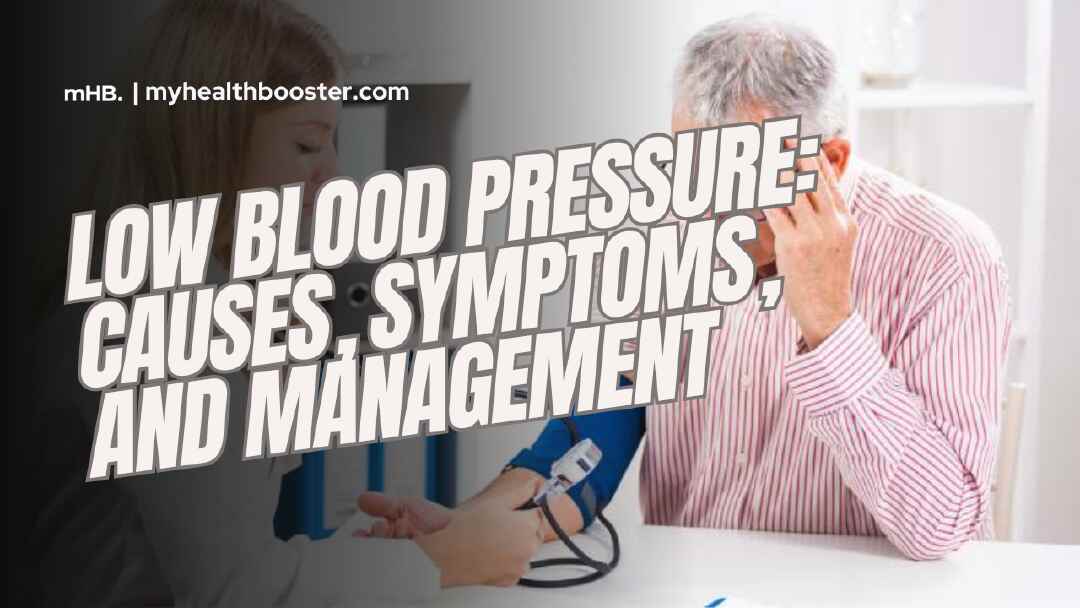Low blood pressure, medically referred to as hypotension, is characterized by a reduction in the normal pressure of blood flow through the blood vessels. Typically, blood pressure is measured in two numbers: systolic (the top number) and diastolic (the bottom number) in millimeters of mercury (mmHg). For most adults, a normal blood pressure is generally below 120/80 mmHg. Low blood pressure is typically considered below 90/60 mmHg.
Causes of Low Blood Pressure (Hypotension)
Various bodily systems, such as organs, hormones, and nerves, regulate blood pressure. Issues with these systems can contribute to low blood pressure, such as problems with the autonomic nervous system seen in conditions like Parkinson’s disease.
Other causes include:
- Sudden blood loss from injury
- Dehydration
- Diabetes
- Heart problems like irregular heartbeats
- Medications for high blood pressure, depression, or Parkinson’s
- Pregnancy
Older adults are also at increased risk for low blood pressure symptoms, like dizziness or fainting, due to medicines taken for high blood pressure.
Symptoms of Low Blood Pressure (Hypotension)
Low blood pressure often goes unnoticed, but symptoms may include:
- Confusion
- Dizziness or lightheadedness
- Fainting
- Fatigue or weakness
- Blurry vision
- Headache
- Neck or back pain
- Nausea
- Heart palpitations
Managing Low Blood Pressure
If symptoms occur, sitting down may alleviate them. In severe cases, when blood pressure drops too low, organs may not receive enough oxygen and nutrients, leading to shock and requiring immediate medical attention. Signs of shock include cold, sweaty skin, rapid breathing, bluish skin, and a weak, rapid pulse.
Contact emergency services if shock symptoms are observed. Diagnosis typically involves a blood pressure test, additional blood or urine tests, imaging tests, or a tilt table test if fainting is frequent.
Treatment Options
Treatment might not always be necessary for low blood pressure. Depending on symptoms, treatment may include increasing fluid intake to prevent dehydration, adjusting medications that may be causing low blood pressure, or prescribing drugs to raise blood pressure.
Lifestyle adjustments may also be recommended by your doctor, such as dietary changes, hydration strategies, and the use of compression stockings for individuals who stand for extended periods.
